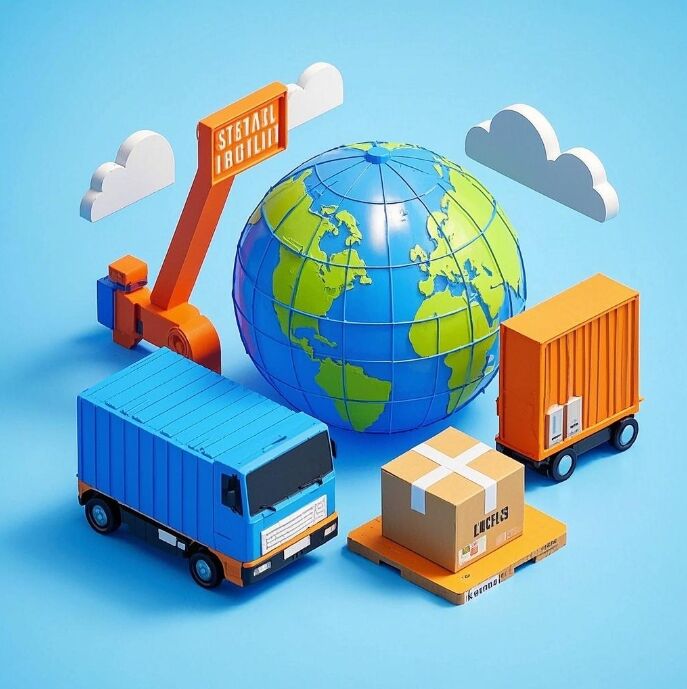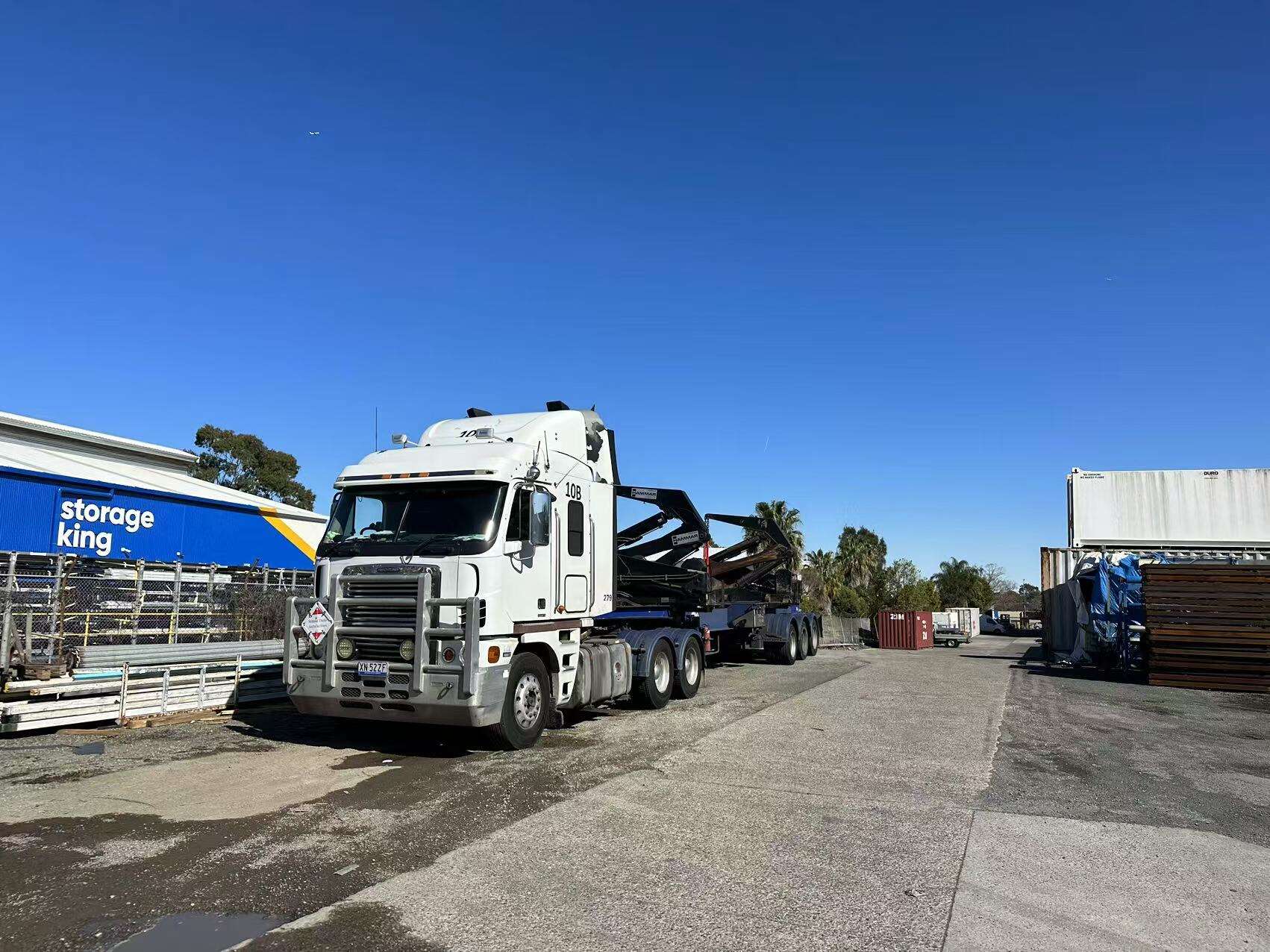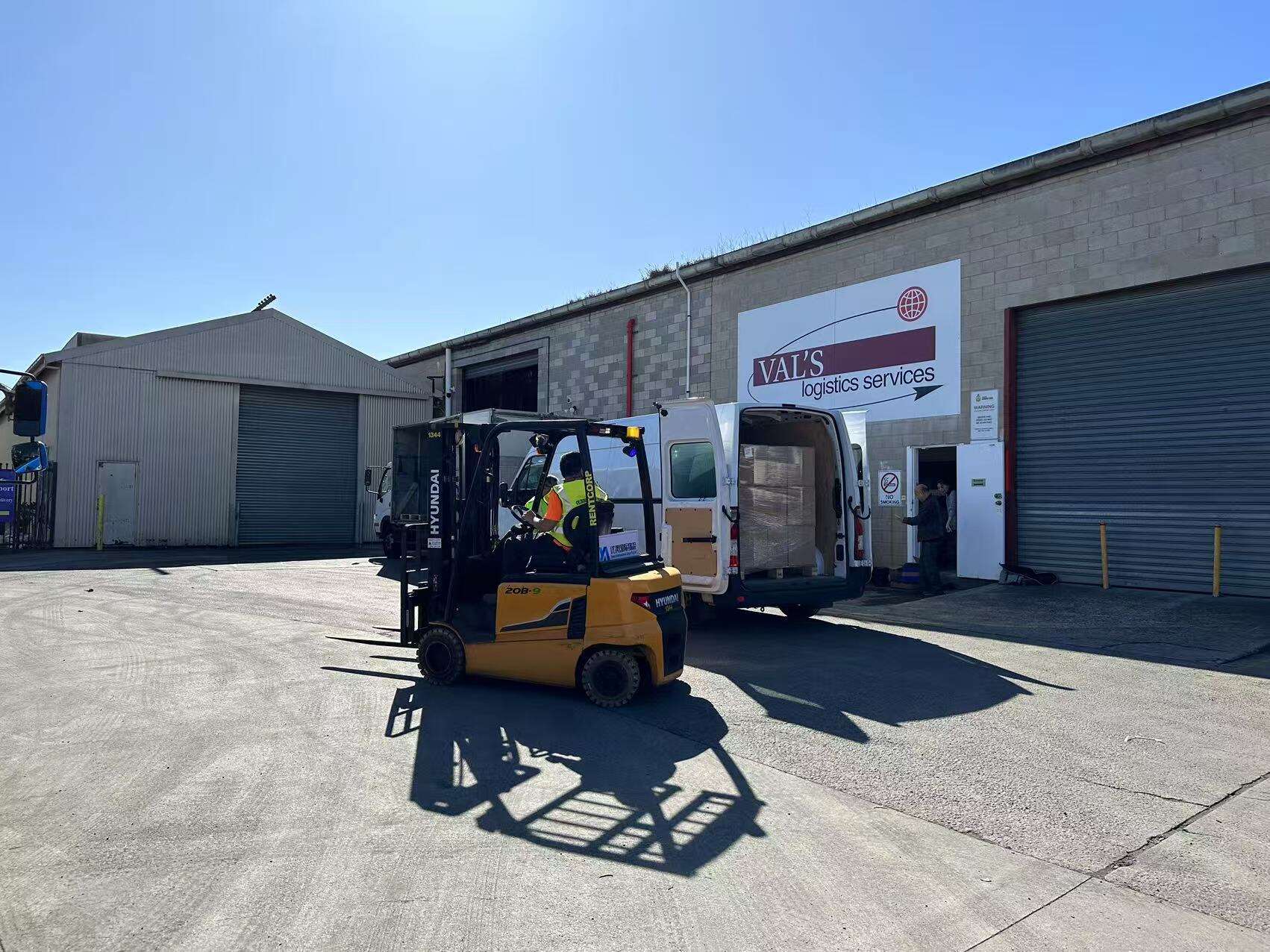Advanced Safety Technologies in Land Freight Transport
Collision Avoidance Systems for Accident Prevention
Collisions avoidance systems are essential to improve safety in land freight transportation, avoiding accidents and the risk of collision. Using radar, LIDAR, and cameras, these systems detect potential crashes early and warn drivers to take action to prevent a crash. # Instantly add safety Thanks to a report from transportation safety organizations, the presence of these collision avoidance systems have contributed to a significant decrease in road accidents, driving safer transportation for freight and forwarding. For example, a study found these systems can reduce accidents by 27% — proving their ability to save drivers and their cargo. There are successful examples such as companies like ABC Logistics who have adopted these systems and have had fewer incidents and greater performance through their fleet. These are examples which illustrates how advances in technology can improve freight transportation in terms of safety on roads.
Driver Fatigue and Distraction Monitoring Solutions
Driver fatigue and inattention are significant factors in accidents in the freight industry, so effective monitoring is also critical. In-cab systems which incorporate biometrics and immediate alerts have been designed to actively monitor driver focus, by alerting drivers to take breaks when needed. Research from transportation health experts says these systems are essential to help mitigate accidents caused by drowsy or distracted driving. Driver monitoring technology must comply with safety and industry standards in many areas. For example, Cargo Transporters showed a 75% reduction in preventable accidents after using fatigue monitoring technology. This is safer, but is also much cheaper for the freight companiesin terms of insurance costs. Prioritising these solutions will mean that freight companies are safer to travel for their drivers and affecting deliveries to be made safely.
Smart Cargo and Environmental Monitoring Innovations
Real-Time IoT Sensors for Cargo Security
In-Transit Cargo Tracking: Sensors within the IoT have completely transformed the way we think about cargo security, offering real-time tracking and monitoring for cargo in transit. These detectors are vital for finding threats that may translate to stolen or damaged cargo. According to data from freight reports, cargo theft and damage represent a significant source of financial loss, hence the significance of this technology. Sensors can include GPS trackers, RFID tags and environment monitors that provide constant tracking and alerts, and can provide accurate data on cargo condition. A logistics organization using IoT applications reduced cargo losses by 30%, which translated into substantial monetary benefits. The strong reliability of these sensors increases the peace of mind of freight and forwarding companies that cargo security solutions establish.
Predictive Weather Analytics and Route Optimization
Forecasting weather analysis is critical in improving the freight transportation with the support of route scheduling. These systems are used to predict negative weather "events" affecting delivery times/costs by analysing weather trends. According to industry reports, weather-related surprises cause millions in delays each year. Combining real-time weather insights with routing software empowers freight forwarders to navigate the most efficient routes and bypass weather-induced disruptions. For example, businesses employing these predictive models have improved their supply chain efficiency by reducing the transit time and cost. With better decision-making capabilities, freight and forwarding operations can withstand the sudden changes that weather disruptions cause, while also ensuring seamless synchronization of logistics and nature.
Autonomous Trucks: Revolutionizing Freight Forwarding
Self-Driving Technology in Freight Shipping
Autonomous driving will revolutionize cargo transport on the road as well since it will be possible to send trucks on the roads that are driverless to a large extent. The possibilities for this technology are huge and could represent a very large leap forward in safety and efficiency. Recent research suggests that self-driving cars can prevent accidents by taking over more quickly than human drivers from typical safeties like cameras, radar and lidar mapping. But the use of self-driving trucks to haul a load of freight is not without regulatory headwinds. For example, barriers such as adaptation to new laws and public infrastructure transitions still need to be addressed. Still, tech firms like Waymo and Tesla’s pilot programs show that this technology really does break new ground, and that it’s already expanding the capability of freight automation, planting a flag for the future of wheeled transport.
Safety and Efficiency Gains from Automation
Automating freight operation offers potential benefits in the area of safety, efficiency, and cost. Optimized routing, loading, and delivery reduce operational costs even further with automation. Studies showed that there are fewer crashes (and fatalities) in the test cases where automation is applied, so the roads and drivers should be safer. But with automation, also comes potential changes in the field of work. And even as some of the age-old jobs may evolve or wane, there’ll be a need for new strains of talent, like keeping vehicle tech up and running and systems in order. “At UPS, we first and foremost seek to explore innovative new opportunities as well as help assess those solutions that would greatly benefit our customers and our company,” said Todd Lewis, Cargo Technology Strategy Manager at UPS. “We’re excited to see the light bulb come on as we discuss innovations. Imagine a future with freight forwarding that is even more efficient, secure and environmentally friendly and you can see where this technology is headed, playing an integral part of the logistics and transportation value chain.”
Adopting New Technologies in Freight Operations
Strategies for Integrating Advanced Systems
Adoption of new technology into established freight sites should be done strategically in order to facilitate the transition without disruption and ensure ongoing success. Vital considerations consist of a phased strategy in which companies have time to acclimate to new systems without being inundated in the process. Freight case studies have shown that it is very important to start small and gradually expand as trust and experience increases. But the process of integrating also has its difficulties, like needing to train employees to use new tools or using resources elsewhere. Experts recommend investing in robust training programs to provide the workers with the skill set required. That is why it’s so essential to have thorough testing and engagement with stakeholders.. . to have those things that will make the transition seamless. Engaging all stakeholders early to work through concerns and secure buy-in, along with extensive testing and pilots to ensure readiness and minimize disruption are essential.
Collaborating with International Freight Forwarding Services
It is the provision of cooperating with international freight forwarders to get more powerful and more competition. Collaborating with reputable freight forwarders allows companies to diversify their service footprint and enjoy cost-effective, intelligible operations. CLOSING THOUGHTS Literature on logistics reports evidence of superior logistics performance metrics when working in partnerships, which generally leads to higher OTD rates and lower costs. Best approaches in developing successful relationships also include the establishment of expectations and roles through clear communication and performance review meetings to assess performance and refine strategy as needed. It is important to create a collaborative culture and keep (communication) lines open in order to keep up with the changing market and to make sure that partnerships are successful and symbiotic. These relationships make it possible for businesses to take advantage of the expertise of seasoned logistics companies that can optimize their existing networks and create a global footprint.




